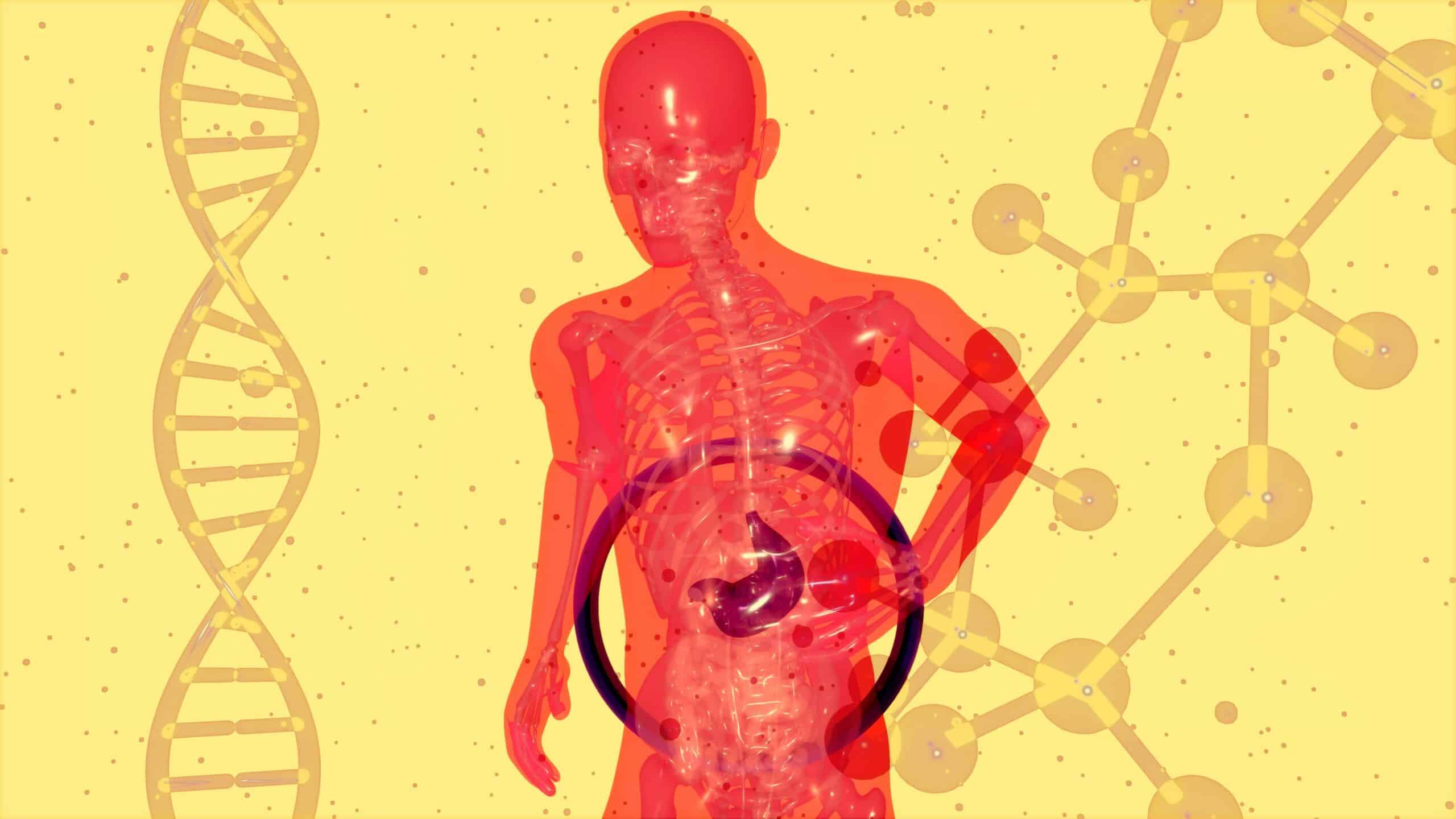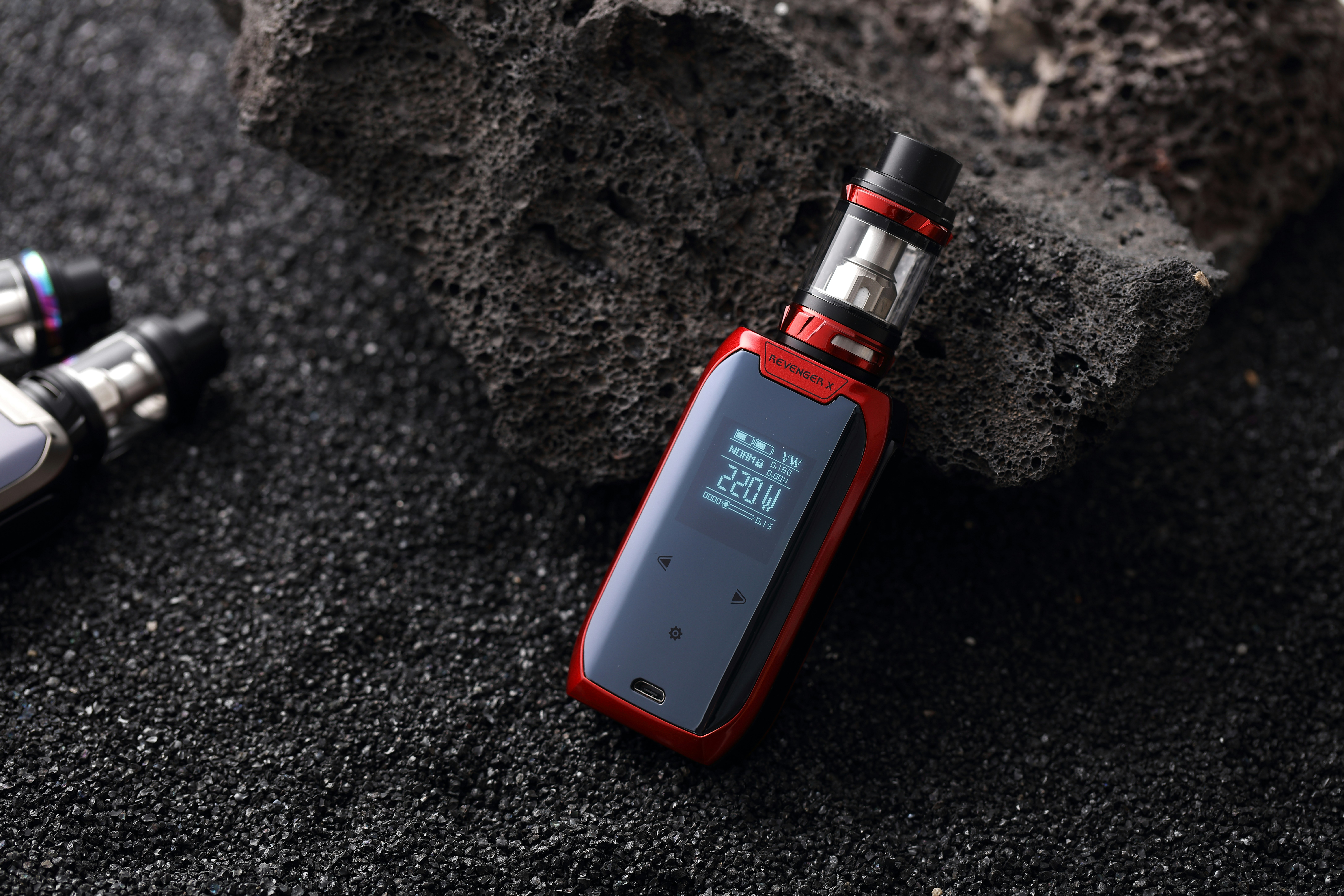Overview
Pain is an unpleasant sensory and emotional experience associated with actual or potential tissue damage, or described in terms of such damage. Pain is felt during the stimulation of receptor nerve cells around the body and can range from mild to severely agonizing. These receptor cells convey signals to the spinal cord and brain via nerve pathways when the body is ill or wounded.
Chronic pain can be described as persistent pain that lasts longer than 3 months and cannot be adequately treated with over-the-counter medications. To lessen or block these messages before they reach the brain, analgesics (pain relieving medicines) are used alone or with other pain management processes.
More than 100 million Americans suffer from chronic pain, publishes the NIH. The condition is treated as a disease and it affects optimal body function, the nervous system, and it generally makes life less enjoyable. In fact, according to a report by the Washington Post, around 25 percent to 75 percent of individuals suffering from chronic pain also experience depression, which means effects like insomnia, loss of appetite, anxiety, and fatigue are inevitable. Among the prescription drugs, people suffering from pain get include opioid medications. According to an independent report of self-reported data for Lakeview Health patients from September 2007 – March 2018, 45% of our patient population has suffered from back problems, many addicted to opioid pain medications. In 2017, Dr. Adrian Blotner developed our Pain Recovery Program, an integrative, multi-modal program designed specifically for patients in recovery from alcohol and substance use disorders who are also managing a chronic pain condition.
What Are Non-Narcotic Pain Medications?
Narcotic medications in clinical medicine are used to characterize drugs that are opioids or opioid derivatives. Non-narcotic pain medications are substances with primarily analgesic, antipyretic, and anti-inflammatory effects. Non-narcotic pain medication alleviates pain by inhibiting the synthesis of prostaglandins or blocking the nerve signals that carry pain signals from the injury site to the brain.
Non-narcotic pain medications are the preferred, safe, and effective first-line therapy alternative for chronic pain. Non-narcotic drugs are safer options due to the high level of dependency caused by narcotic opioid drug use.
Narcotic Vs. Non-Narcotic Pain Medication
Opioid pain medications, or narcotics work, by binding to opioid receptors in the brain, spinal cord, and other body parts. They act by altering the brain’s perception of pain and are used to treat moderate to severe pain that has failed to respond to other pain medications.
Alternatively, non-narcotic pain medications suppress the transmission of non-nociceptive impulses along primary afferent fibers to relieve pain. Some non-narcotic topical drugs (e.g., lidocaine) are applied to the skin and function locally by inhibiting nerve signals that send pain sensations from the site of injury to the brain, resulting in a temporary lack of feeling in the area to which it is administered.
Narcotic analgesics can induce dependence and are typically used to treat severe pain caused by fractures, burns, coronary occlusion, and other conditions. In contrast, non-narcotic pain medications do not induce dependence and are typically used to treat headaches, musculoskeletal aches, and inflammation.
Are Opioids More Effective Than Non-Opiate Pain Medication?
There is a little evidence to show that long-term treatment with opiate (narcotic) pain medication is any more effective than treatment with non-opiate medications, especially when combined with non-medication treatments. So when considering treatment options for chronic pain, it’s important to know about the limited benefits of long-term opiate therapy, as well as the potential for serious adverse effects and withdrawal symptoms of opiates. In a study published by the Journal of the American Medical Association, it was found that all the groups depicted similar reduction levels of pain. This study sought to establish whether prescribed opioids are appropriate for the treatment of acute pain in four groups of participants with mild to severe pain. Three groups took opioids (either hydrocodone, codeine, or oxycodone) with 300 mg of acetaminophen, a non-opiate pain killer, and another group took 400 mg of the non-opioid pain killer, ibuprofen with 1000 mg of acetaminophen. Although the opioids group showed positive levels of pain relief, they were no better than non-opioid pain killers combined. In 2017, the opioid epidemic was a hot topic in the media and according to Google, the query, “What are opioids” is searched over 40,000 times in America. Education on alternative, non-opiate pain medications is imperative for public health.
Dangers of Opioid Painkillers
Prescription opioids help treat a wide range of chronic painful conditions. However, using or ingesting opioids can cause feelings of relaxation and euphoria. These effects confer an incredibly high addictive potential to opioid painkiller use. Opioids are the most common cause of prescription drug abuse and addiction.
Some of the dangers connected with opiate painkillers include;
- Drug overdose,
- Tolerance & physical dependency,
- Respiratory depression (which readily leads to death),
- Hyperalgesia,
- Immunological and hormonal abnormalities,
- Digestive issues (constipation),
- Endocrine systems suppression,
- Cardiovascular disorders (i.e., bradycardia),
- Skeletal muscle rigidity and muscle stiffness, and
- Myoclonic seizures.
Can OTC Pain Medication Be Addictive?
Over-the-counter (OTC) pain relievers when used appropriately for short periods are generally harmless. Still, extended usage can become addictive as the body develops a dependency and tolerance for them.
Several over-the-counter pharmaceuticals can be addictive, including;
- Cough medicines (Dextromethorphan),
- Cold medicines (Pseudoephedrine, Phenylephrine),
- Motion sickness medications (Dramamine, Promethazine).
Are Muscle Relaxers Addictive?
Yes, muscle relaxers can be addicting. Muscle relaxants act as central nervous system depressants and function by inhibiting the action of pain chemical neurotransmitters at the neuromuscular junction to reduce muscle contractions, thereby reducing discomfort and pain. Drugs with CNS depressive effects are highly addictive. Muscle relaxants help treat acute muscle spasms, hyperreflexia, and pain.
Non-Addictive Pain Medications for Chronic Pain
Non-addictive pain medications are clinical alternatives to opioids. They have fewer addictive properties and can successfully alleviate pain. Non-addictive pain medications for chronic pain include:
- Nonsteroidal anti-inflammatory drugs (NSAIDs): These qualify as the best pain medication that’s not addictive for Arthritis. Individuals can use them orally and topically. Examples include Diclofenac, Ibuprofen, Naproxen, Acetaminophen, and Aspirin.
- Tricyclic antidepressants, e.g., Amitriptyline and Nortriptyline.
- Selective Norepinephrine Reuptake Inhibitor (SNRIs) or Selective Serotonin Reuptake Inhibitors (SSRIs), e.g., Fluoxetine, Sertraline, Duloxetine.
- Anticonvulsants e.g Carbamazepine.
List of Pain Medications That are not Controlled Substances
Any medication not listed in the Schedules I through VI of the federal schedules of restricted substances outlined in Title 21, Section 812 of the United States Code or Title 21, Part 1308 of the Code of Federal Regulations is considered a non-controlled substance. Common non-controlled pain medications include;
- Aspirin
- Ibuprofen
- Acetaminophen
- Meloxicam
- Naproxen
- Aspirin/sodium bicarbonate/citric acid
- Diclofenac
- Celecoxib
List of Non-Narcotic Medication for Anxiety (Mental/Headache Pain)
Several non-narcotic anxiolytic drugs exist with minimal addictive potential; these include:
- Beta-Blockers (such as Atenolol and Propranolol)
- Hydroxyzine
- Serotonin and Norepinephrine Reuptake Inhibitors (SNRI), e.g., Venlafaxine and Duloxetine.
- Selective Serotonin Reuptake Inhibitors (SSRI), e.g., Fluoxetine, Escitalopram, Citalopram.
- Pregabalin
- Buspirone
Tips for Pain Relief that Doesn’t Involve Medication
Several ways to manage and reduce less severe pain do not involve pharmacotherapy. These include;
- Cold and Heat Packs: Ice packs slow blood flow to alleviate pain and swelling, while heat packs increase blood and nutrients flow to the affected body area. Cold and heat packs work exceptionally for pain due to sore muscles, inflammation, a sprain, or an injury.
- Music Therapy: The clinical application of music is a well-recognized form of evidence-based treatment that can improve patient comfort, lessen the requirement for mild sedation and enhance the overall patient experience.
- Mind and Body Exercises: These exercises combine physical movement, mental concentration, and controlled breathing to enhance general health and reduce chronic muscle tension and discomfort.
- Physical Therapy: Usually medically assisted in helping ease pain and body functionality using coordinated movements, support, and stretches.
- Nutritional Supplements: Nutritional deficiencies can amplify pain. Proper diet and supplements like magnesium (muscle relaxant), and vitamin B complex (very effective for neuropathic pain) help properly manage chronic and acute pain.
Massage Therapy, Yoga, and various forms of Stretching: These techniques help increase flexibility, improve posture, promote blood flow, and increase range of motion while alleviating body pain.
Are You Suffering From Opioid Addiction?
If you or a loved one is suffering from an opioid addiction or a physical dependence to pain meds, it’s important to seek addiction treatment. At Lakeview Health, we will address it properly with a medically monitored detox or other treatment options, depending on the level of substance use disorder treatment you need. Call today at 866.552.6557




